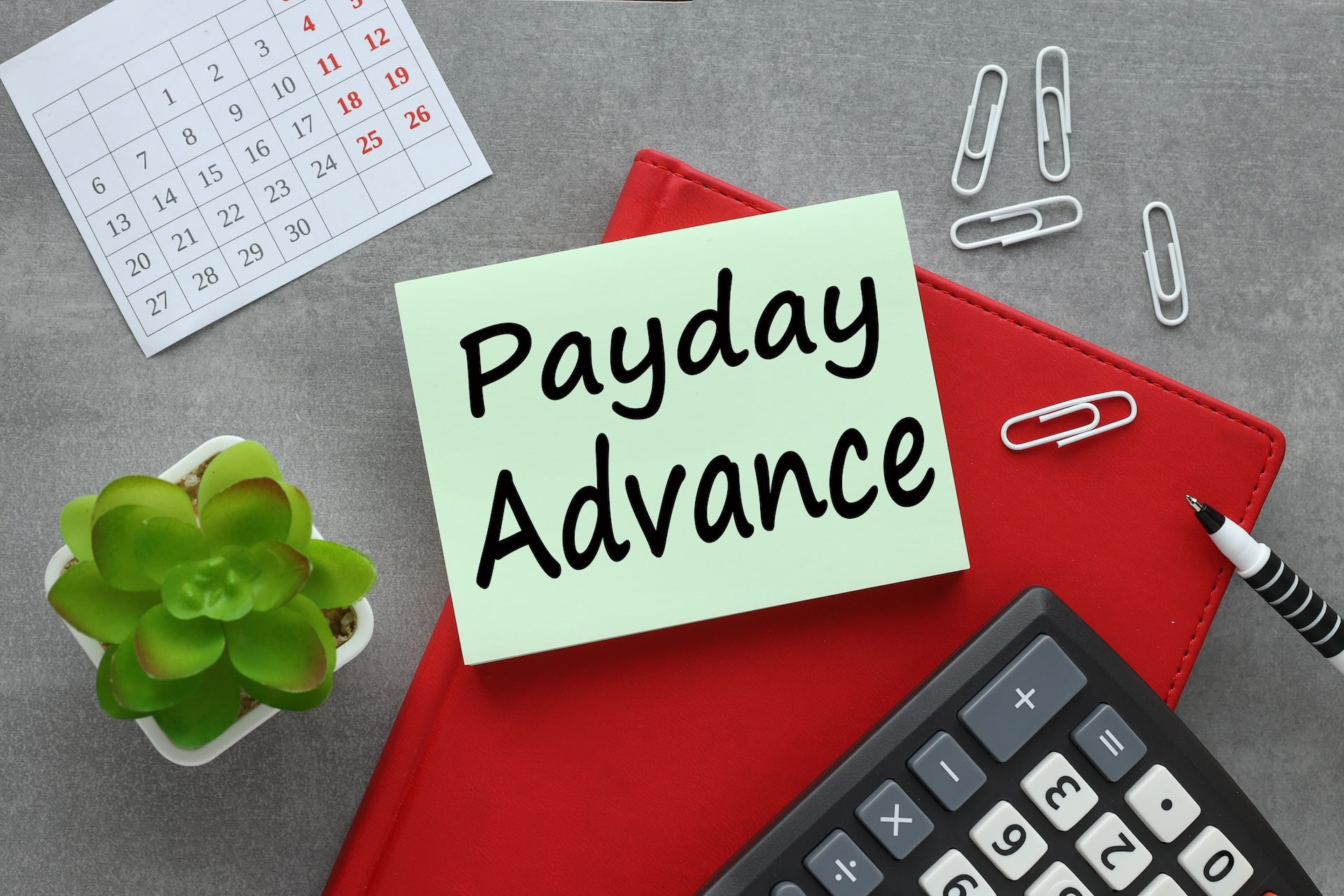Credit Sesame discusses government legislation to allow you to save more for retirement.
2022 was a rough year for retirement savings. Investment values shrank while the cost of living soared. The good news is the U.S. government has passed legislation that eases several restrictions on retirement savings. The SECURE Act 2.0 is an effort to encourage people to put aside more money for the future. Largely, the incentive to save comes from offering new tax breaks for retirement savings.
Read on for legislation highlights based on a summary by retirement plan provider Fidelity followed by Credit Sesame’s tips ho how to take advantage of new savings opportunities in 2023.
Catch-up contributions can get an extra boost
Retirement plan contributions have tax advantages, but there are dollar limits on how much you can put in each year.
The tax code already allows older Americans to make catch-up contributions to their retirement plans. A catch-up contribution gives people who have fallen behind on saving for retirement opportunities to catch up on those savings. The catch-up contribution rules let people closer to retirement put a little extra into their savings plans.
For years, catch-up contributions have been available to people aged 50 and older. Currently, people in that age group participating in an employer-sponsored retirement plan can contribute $7,500 a year more than normal plan limits. With the new legislation, the size of those catch-up contributions increased for people aged 60 through 63.
Beginning on January 1, 2025, the SECURE Act raises this extra limit even further to $10,000 a year more than the normal limit. That gives people in that age group a chance to add some meaningful, tax-advantaged savings to their retirement nest egg late in their career.
Required minimum distributions now start later
Required minimum distribution (RMD) rules apply to people in traditional IRA, 401(k) and other plans that allow tax deductions on plan contributions.
While you get a tax break on money going into the plan and investment growth on that money, the idea is that you should pay some taxes on it eventually. So RMDs make you start taking money out of the plan at a certain age. Those withdrawals are subject to income tax.
The SECURE 2.0 Act raised the age when you had to start taking RMDs from 72 to 73. This became effective as of January 1, 2023.
This means that people in traditional retirement savings plans can benefit from an extra year of tax-deferred growth in their plans.
Unused 529 education savings can roll into a Roth IRA
529 savings plans are designed to help pay for educational expenses. While contributions to these plans are not tax deductible, money can be invested and grow tax-free. Withdrawals from these plans are not taxed as long as they are used for eligible educational expenses.
Historically, the 529 plan money can be transferred to the beneficiary’s siblings, children or spouse, but the funds still have to be used for eligible expenses. If the money is not used for educational expenses, it is subject to a tax penalty. So, what happens if there are no more educational expenses for family members?
In such cases, the SECURE Act 2.0 allows you to avoid a tax penalty by rolling that money into a Roth IRA in the beneficiary’s name after 15 years. This means that education savings that aren’t needed for education expenses can now be used to boost the beneficiary’s retirement savings.
Employers can offer an emergency savings option
In 2024, defined contribution retirement plans–like 401(k) plans)–can offer most employees an emergency savings option. This option works like a Roth account, meaning that contributions are not tax-deductible. The benefit for employees is that four withdrawals per year are possible without taxes or penalties.
This helps solve a dilemma for employees who want to start saving for retirement but are concerned about locking up their money in case they need it for an emergency.
Another benefit is that these options could be made eligible for matching contributions from employers.
It is up to plan sponsors to decide whether to offer this option, and contributions are limited to $2,500 a year.
Retirement contributions can match student loan payments
One thing that prevents young adults from beginning to save for retirement is making student loan payments. The SECURE Act 2.0 offers a solution that caters to people with student loan debt.
Starting in 2024, the new law allows employers to match employee student loan payments with a contribution to the company retirement plan. Thus, employees earn matching contributions towards their retirement savings by making regular student loan payments.
It’s up to the plan sponsor whether or not to offer this option. However, for companies in businesses that are competing to attract young employees, it could be a very valuable tool.
Save more for retirement in 2023 and beyond
With new retirement savings tools on the table and more to follow in the next couple of years, here are some steps that can set up your retirement program in 2023:
- Update your retirement saving targets. Inflation raised living expenses and investments took a beating. It’s time to revise how much money you need to retire, and how much you have to save each year to get there.
- See which of the new tax breaks you can benefit from. Check the provisions the SECURE 2.0 Act to see which you can take advantage of this year. Ask your company retirement plan representatives about which of the new options they plan on offering. Note that some tax breaks don’t kick in until 2024 or 2025.
- Create a household budget with new retirement savings allowances. Budget to make retirement saving a priority so it doesn’t get squeezed out. Don’t try to save for retirement with just the money you have left over after your immediate spending.
- Set up payroll deductions and a contribution schedule to meet new goals. The best way to save for retirement is to make it as automatic as possible. If savings contributions come out of your paycheck automatically and immediately, you hardly notice after a while. If you don’t have an employer sponsored plan, the next best thing is to set up a monthly schedule for putting money into an IRA.
The start of a new year is a good time to think ahead. New retirement savings rules give you a special reason to think ahead for 2023 and beyond.
If you enjoyed Uncle Sam Helps You to Save More for Retirement you may also like:
Disclaimer: The article and information provided here is for informational purposes only and is not intended as a substitute for professional advice.




















